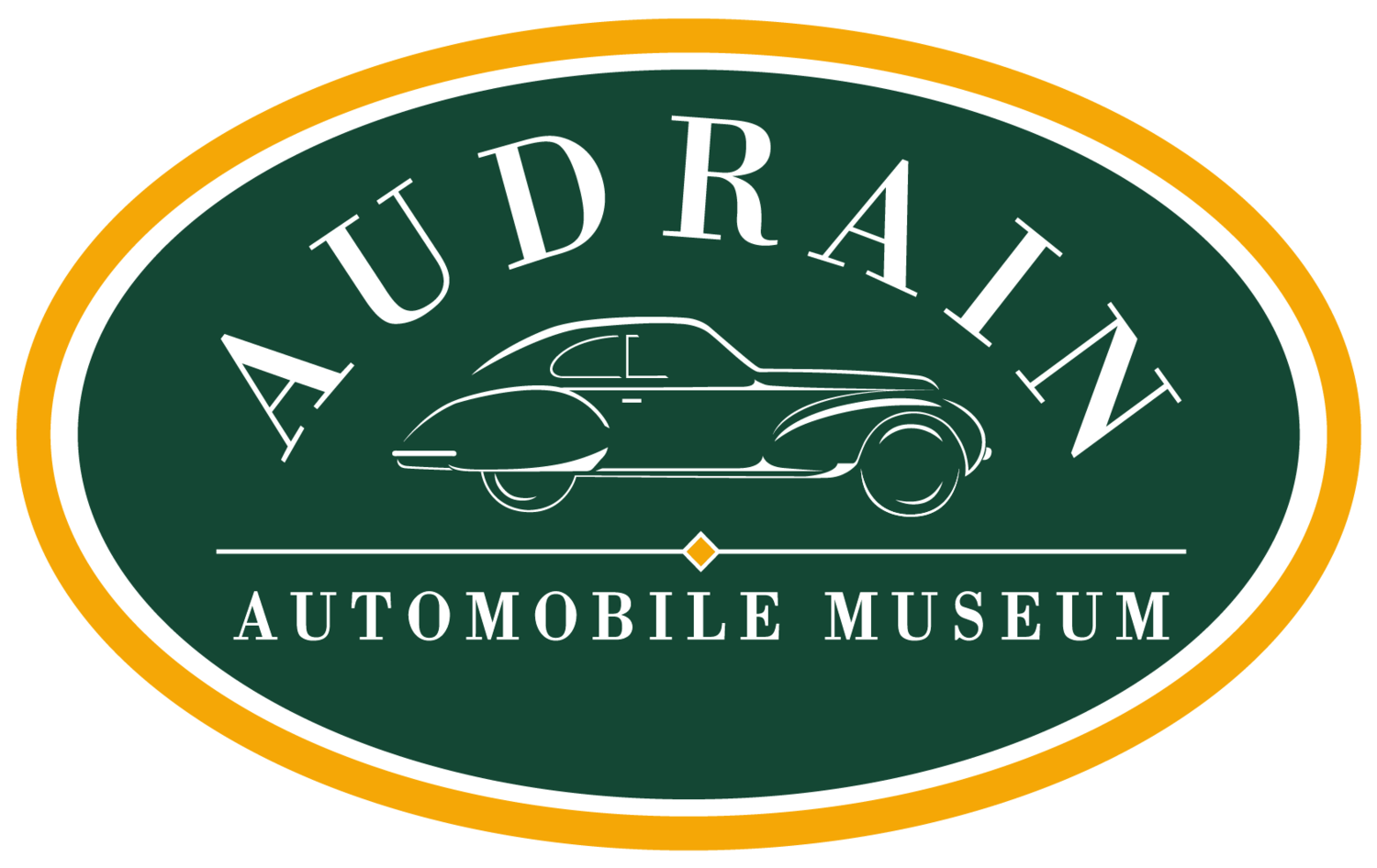Racing to the Opera:
How Incline & Resistance Can Affect Acceleration
There are lots of things that manufacturers need to think about when designing a racecar. The exhibit From the Racetrack to the Opera showcases famous cars that used cutting edge design and engineering to create racecars that won many important races. Look at the different cars in the exhibit, how does the design of the racecars differ from the grand touring models? Why do you think they look like that? This experiment looks at energy, acceleration, and resistance. As you create your own racetrack and test different ways to make your toy car go faster or slower, think about how these same ideas are applied to real-life vehicles.
Materials:
Toy car
Books (to stack in order to increase the height of the ramp)
A ramp (we used 3 2.5’ vinyl downspout extensions)
Stopwatch
Worksheet (download here)
Ruler or tape measure
Optional:
Decorate your racetrack ramp with stickers!
Use different toy cars that have different masses than the original
For a variation of this experiment a fan can be used to create resistance (see below for instructions)
Instructions:
1. Assemble the ramp
We taped together the edges of the downspouts to create a 7.5’ track– make sure the first piece is able to bend to create an angle, the other two will the straight and lay flat against the floor
2. Create the first incline at the lowest height – we stacked the books to be 3” for the first trial. Measure and record the height of the ramp
3. Start the trials – place one of the toy cars at the top of the ramp, careful to not push the car, only release it at the top of the ramp.
Before the car is released it has potential energy – this is the energy the car contains due to its position that is stored and ready to be used, once you release the car its position on the incline will allow it to travel down the track. When the car is released it is using kinetic energy – the energy the car is using comes from the fact that it is in motion.
4. Have a second person start the stopwatch when the car is released and stop it when the car gets to the end of the track. Record the time it took for the car to travel the length of the track.
It may take a few practice trials for both people to work together to ensure the stopwatch starts and stops when the car is released.
5. Repeat the experiment three times at that height recording the time it took for each trial, these times will be averaged out later.





